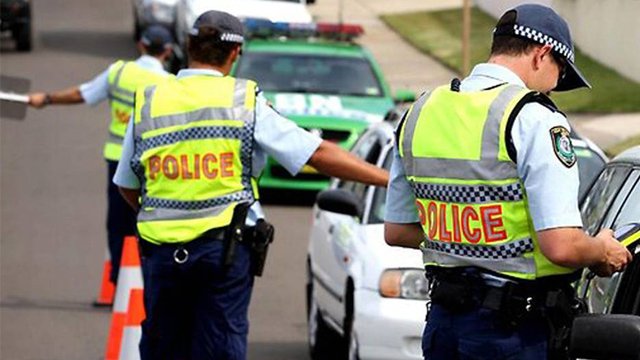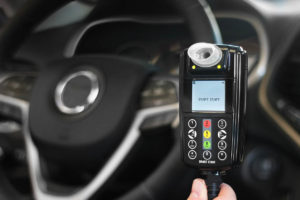Recently, we represented a driver who was charged with “Failure to Comply with Direction” under section 199 of the Law Enforcement (Powers and Responsibilities) Act 2002.
The incident involved our client, the driver, being detected as speeding by the police officer with the Lidar (Speed Detection Device). The police officer then motioned with his arms for the driver to pull over. The driver failed to stop and continued driving over the crest of the hill. The officer commenced a pursuit of the driver to issue a ticket for speeding and a court attendance notice for the offence of failure to comply with direction.
At the hearing in the Local Court, the officer gave evidence that he had clearly motioned with his arms for the driver to pull to side of the carriageway, and it was his recollection that the driver had clearly seen him perform this direction. The police officer gave evidence that he recalled the driver looking directly at him.
Our client, the driver, gave evidence that although he had seen someone standing on the road, he was unsure who was standing on the road and what the person was doing. He only turned his mind to the possibility that it may be a police officer after he passed the person in the yellow vest. After thinking about it, he pulled to the side of the carriageway, which was over the crest of the hill, where he waited for a short period of time, before resuming his journey.
When the driver was pulled over by the Police Officer some distance down the road, the ICV (“In Car Video” Footage) indicated that the driver had informed the police officer that he had in fact pulled over some distance over the crest- when he turned his mind to the possibility that it may have been the police officer.
In deciding the matter, the Magistrate ultimately found our client not guilty and dismissed the matter- on the basis that our client did not have the intent to disobey the direction of the police officer, as he did not realise it was a police officer.
It is important to remember that even where a driver has admitted to speeding, it does not mean that he had the intent to commit further offences such failure to comply with the direction of a police officer (even where the speeding may have been a contributing factor to his inability to see the direction).
To be found guilty of the majority of criminal offences it is a requirement that someone have the mental element, or “mens rea”, to commit the offence. If someone did not have the intention to commit the offence, and this is reflected in the evidence before the Court, there is a reasonable prospect of defending the matter.
If you have a matter of this kind and you did not have the intent to commit the offence, it is important that you seek specific advice from an appropriately qualified legal professional. This article is general information only. It should not be construed as specific legal advice nor relied upon for any purpose.
You may contact the writer on matt@hcdlaw.com.au if you have any questions.








